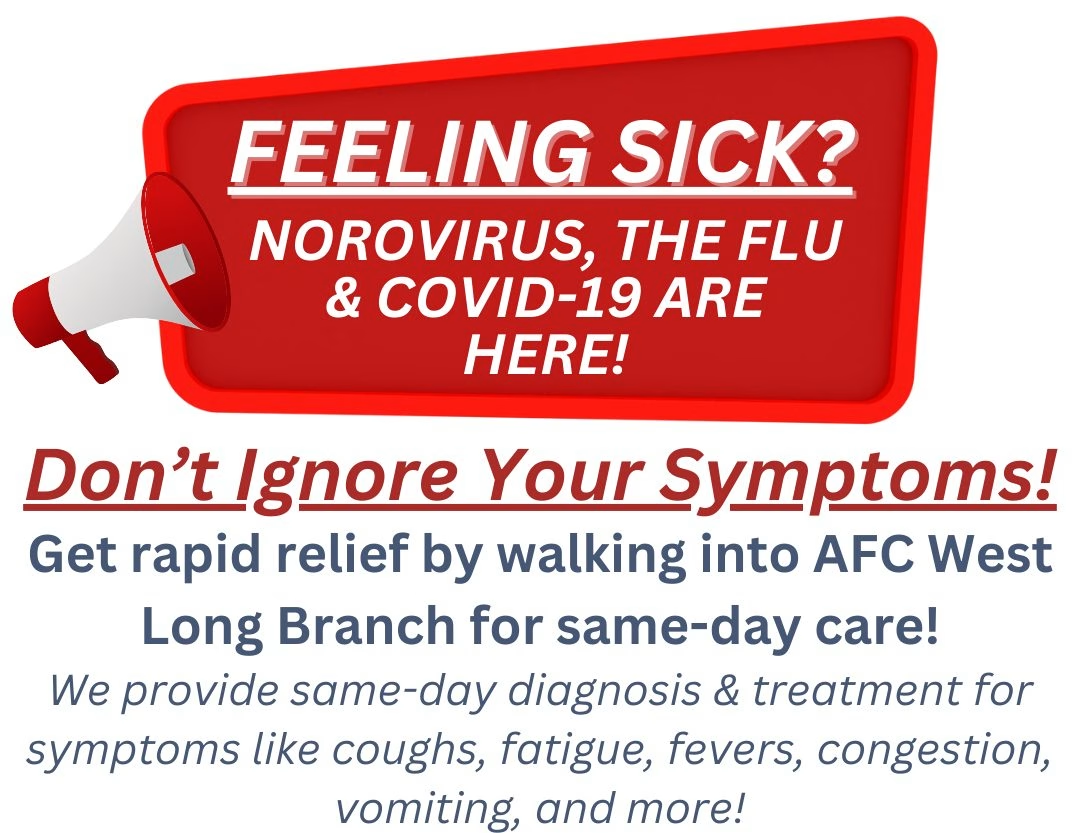COVID-19 spread rapidly in the initial stages and forced school leaders to implement school closures to protect students, teachers, and staff and prevent the spread of the virus. School closures occured before the end of the 2019-2020 school year and COVID-19 is still around. District and school leaders, along with local health departments are forced to confront this new reality and design a strategic plan to prepare for the reopening of schools for the 2020-2021 school year. This is a challenge considering the constantly evolving information surrounding COVID-19, but it is a necessary action that must be well thought out, planned and implemented. The big question is how can schools prepare for the coronavirus?
CDC Interim Guidance
The Centers for Disease Control and Prevention (CDC) established interim guidance for administrators of US public and private K-12 Schools and childcare programs, in an attempt to efficiently plan, prepare, and respond to COVID-19 appropriately. It supports prevention of the transmission of COVID-19, quick reaction to identified cases, and continuity of teaching and learning if community spread occurs. It is crucial for school administrators to coordinate with health officials to establish proper mitigating strategies to slow the spread of the coronavirus, protect both vulnerable students and staff, while ensuring the maintenance of safety and a healthy learning environment. Guidance is provided for the both the presence and absence of community spread transmission, a confirmed case has entered a school, and implementing school-based strategies.
Effective Preventative Measures
Since COVID-19 is still a lingering reality, school preparedness and preventative measures for COVID-19 outbreaks and individual exposure occurrences should be in place, no matter the level of community transmission.
- School officials should collaborate with local health departments to review, update, and implement emergency operations plans (EOPs), ensuring that strategies are in place to limit the spread of COVID-19, as well as continuing education and meal programs.
- Teach and reinforce healthy hygiene practices, such as regular washing of hands with soap and water for at least 20 seconds, after bathroom use and blowing your nose, sneezing, or coughing. In the absence of soap and water, an alcohol-based hand sanitizer would suffice for cleaning hands that are not visibly dirty.
- Make cleaning and disinfection of classrooms a habit, with particular emphasis on routinely cleaning items and surfaces touched frequently, including doorknobs, desks, countertops and keyboards, among others.
- Create hand-sanitizer stations in every classroom and teach students to spread the sanitizer evenly and completely over both hands and then air-dry them. Ensure that the sanitizers have at least 60 percent alcohol.
- Post handwashing signage inside classrooms and along hallways, reminding students and staff to wash their hands and reinforce proper handwashing techniques.
- Implement social distancing strategies that are ideal for a school setting and needs. This can entail minimizing hall movement, rearranging classrooms so that there is increased distance between desks, avoid gatherings in the common areas and stagger arrival and dismissal times.
- Prepare accommodations for students that are high-risk for developing serious complications from COVID-19.
There is no easy way to simply reopen schools with COVID-19 still being a present danger. It is, however, necessary for school officials and local health departments to work together to design the best strategies to prepare for school reopenings. Planning and the implementation of policies should be such that they limit the transmission of COVID-19 and enhance safety for students and staff alike so that there can be a continuity of learning.

